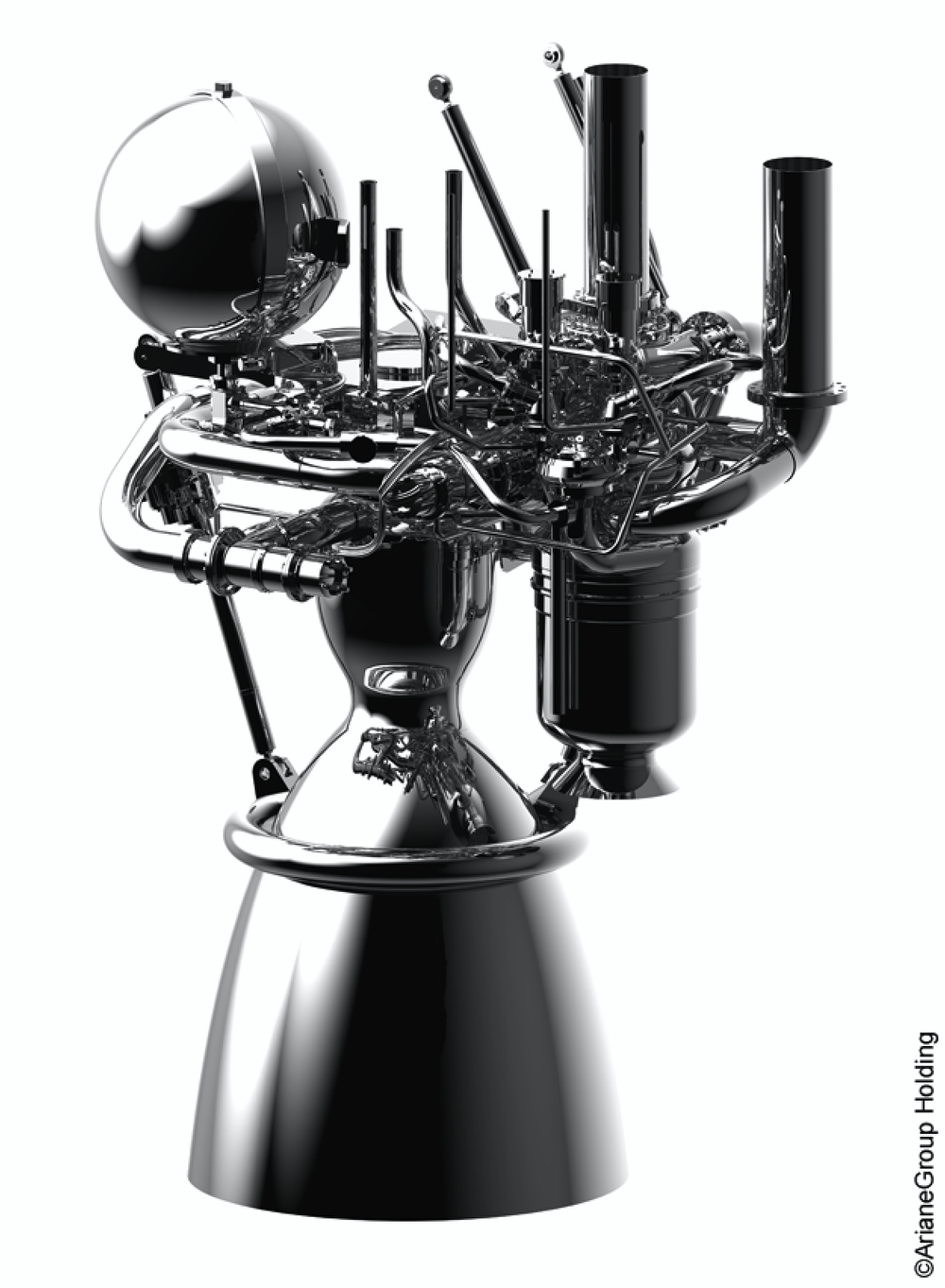DLR Lampoldshausen prepares P5 test stand for the technologies of the future



Your consent to the storage of data ('cookies') is required for the playback of this video on Quickchannel.com. You can view and change your current data storage settings at any time under privacy.
- DLR is enhancing and modernising the test infrastructure at its Lampoldshausen site with the upgrading and expansion of the ESA P5 large-scale test stand.
- The installation of a methane tank is an important milestone.
- In future, this will make it possible to test rocket propulsion systems with the propellant combination of liquid oxygen and methane.
- The commissioning of the upgraded ESA P5 test stand is scheduled for 2022.
- Focus: Space transport, rocket propulsion, technology development
The German Aerospace Center (Deutsches Zentrum für Luft- und Raumfahrt; DLR) is preparing a central component of its extensive test infrastructure for the future by expanding the European Space Agency (ESA) P5 large-scale test stand at the DLR site in Lampoldshausen. This means that the next generation of space propulsion systems can also be tested under flexible and reliable conditions.
The 65-metre-high building of ESA's P5 test stand towers over the DLR site. Inside, it has housed unique high-tech equipment since it was commissioned in 1990. It has long since earned international recognition and it played a central role in the development of the Vulcain engines for the European launch vehicles Ariane 5 and 6. Recently, DLR engineers used it to qualify Ariane 6's advanced Vulcain 2.1 main stage engine for flight.
Ready for new propellant combinations – including methane
A DLR team is now preparing ESA’s P5 test stand for its new task. The installation of a methane tank was an important milestone during the extensive construction work. The tank is 20 metres high, has a diameter of 4.6 metres and holds approximately 208 cubic metres of liquid methane. From 2022 onwards, a completely new generation of propulsion systems, developed and manufactured by ArianeGroup, will be tested on the P5 stand – starting with the Prometheus engine. This will be a fundamental component of a future European launcher. The propellants used are liquid oxygen (LOX) and liquid methane (LCH4). The combination of several Prometheus engines in the first stage will deliver sufficient thrust to allow the previously used solid-fuel boosters to be dispensed with.
Focusing on the future – flexible and efficient testing, including the new generations of propulsion systems
After upgrading and enhancement, ESA's P5 large-scale test stand will be one of the most modern and flexible test facilities of its kind. "The installation of the methane tank is an important step in this process. I am excited to see this strategically important European test infrastructure complete and ready for testing as soon as possible," said Stefan Schlechtriem, Director of the DLR Institute of Space Propulsion. The upgraded and enhanced test stand will make it possible to test several propellant combinations and switch between them quickly. Tests will be able to be carried out with the traditional combination of liquid oxygen and hydrogen as well as with the combination of liquid oxygen and methane. "This will allow us to expand our testing capabilities and maintain flexible use of the test stands," explained Schlechtriem. In this way, DLR is supporting the rapid and smooth transition to propellants for the next generation of launchers.
Space propulsion of tomorrow – more variety, new fuels and technologies
Every launch vehicle requires powerful and reliable engines. For a future European launch vehicle, this will be the Prometheus engine. It is intended to be reusable and its production costs should drop significantly in the long term. To achieve this, the development teams are relying on innovative approaches, which include 3D printing processes, digital engine control with artificial intelligence and the aforementioned new propellant combination. Investment in the development of the Prometheus engine will ensure safe and cost-effective European access to space in the future, especially after Ariane 6 reaches the end of its operational lifetime.

